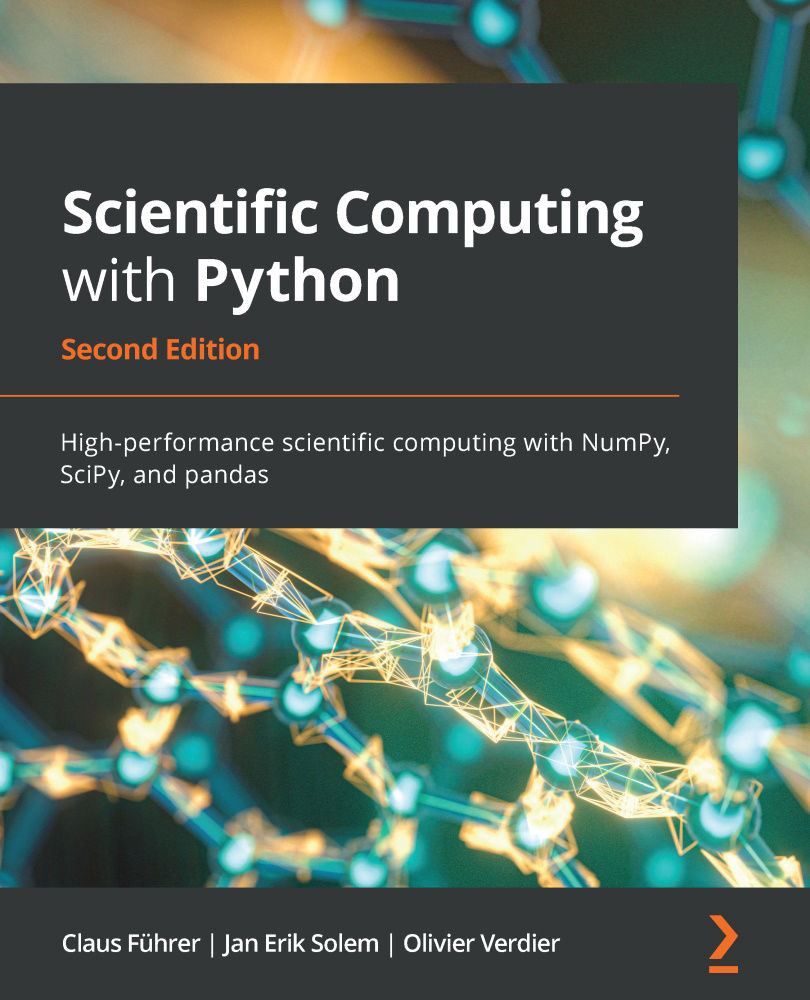In mathematics, when we write  , we refer to a mathematical object for which we know many methods from elementary calculus. For example:
, we refer to a mathematical object for which we know many methods from elementary calculus. For example:
- We might want to evaluate
 at
at  , that is, compute
, that is, compute  , which returns a real number.
, which returns a real number. - We might want to compute its derivative, which gives us another mathematical object, cos.
- We might want to compute the first three coefficients of its Taylor polynomial.
These methods may be applied not only to sin but also to other sufficiently smooth functions. There are, however, other mathematical objects, for example, the number 5, for which these methods would make no sense.
Objects that have the same methods are grouped together in abstract classes, for example, functions. Every statement and every method that can be applied to functions in general applies in particular to sin or cos.
Other examples for such classes might be a rational number...


